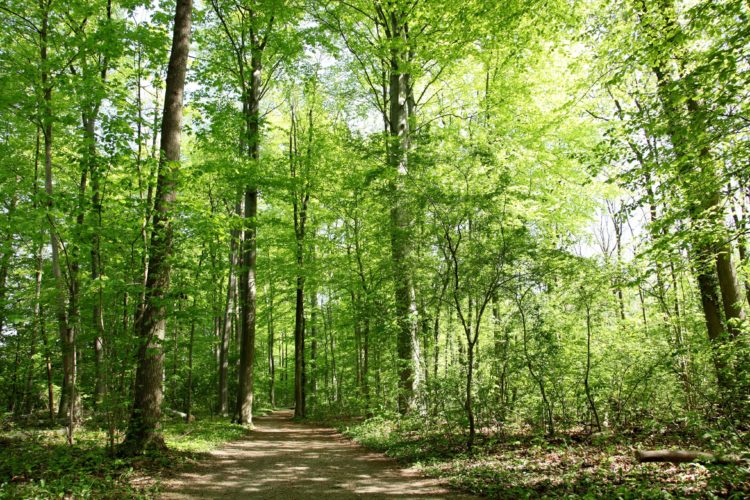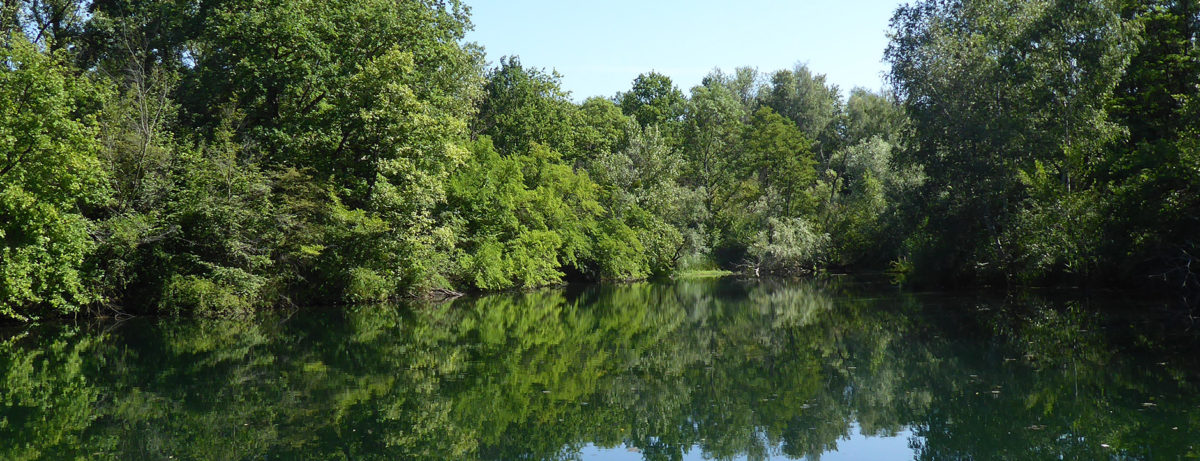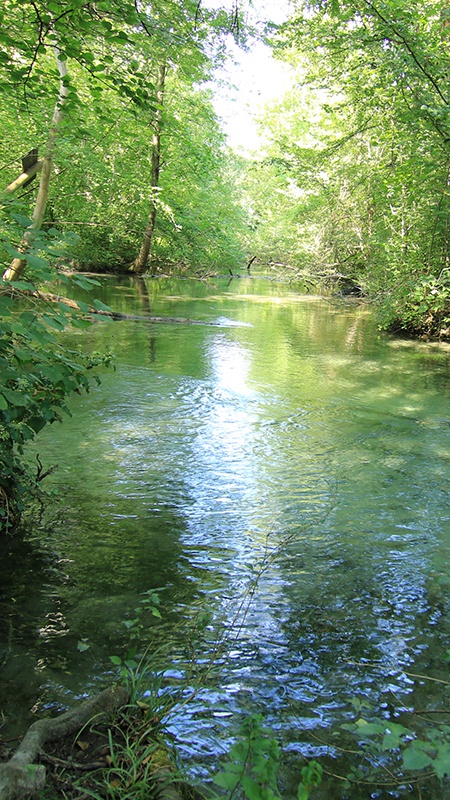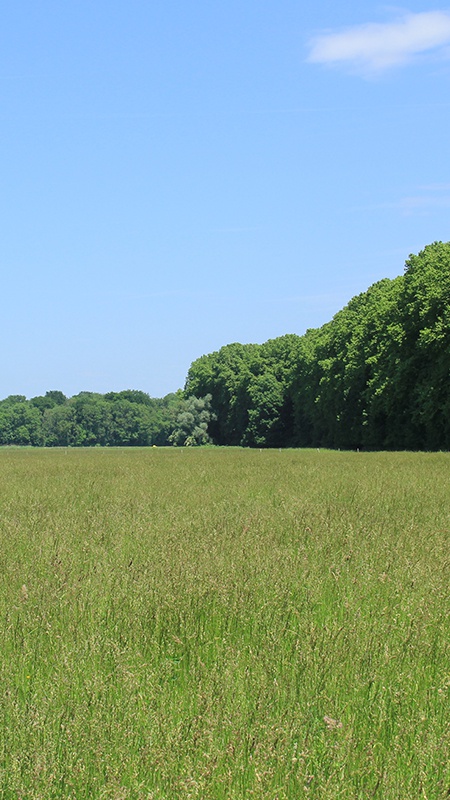

The Aquatic Habitats in Robertsau-Wantzenau Forest
A rich hydrographic network
The hydrographic network in Robertsau-Wantzenau Forest is formed of rivers, lakes, ox-bows and ponds.
Some of these habitats are habitats of European community interest which justify the Reserve’s inclusion in the Natura 2000 network. They can be categorized into four main habitats according to the Nature 2000 nomenclature:
- 3140: The “Oligotrophic to mesotrophic calcareous waters of all zones hosting submersed stonewort communities (Charetalia order)”, represented by ponds and ox-bow lakes relatively poor in nutritional mineral elements. These very clear basic pH level waterbodies are especially favorable for the development of floating charophyte green algae of the Chara and Nitella genuses on the beds.
- 3150: “Natural eutrophic lakes with Magnopotamion or Hydrocharition – type vegetation” are typical habitats of eutrophic lakes and ponds, very rich in nutritional minerals. The water is dirty gray to green-blue, relatively cloudy and generally basic. The vegetation is dominated by pondweed, milfoil, waterweeds and various other rooted macrophytes.
- 3260: 3260 “Water courses of plain to montane levels with Ranunculion fluitantis and Callitricho-Batrachion vegetation”. This habitat characteristic of flowing water has vegetation typically dominated by water-crowfoot, pondweed, water-starwort and various other floating or submersed aquatic plants and aquatic bryophytes.
- 3270: 3270 “Rivers with muddy banks with Chenopodion rubri p.p. and Bidention p.p. vegetation”. The habitat comprises pioneer herbaceous annual plant species. These communities grow on periodically flooded, alluvial, nitrogen-rich soil and can be found on the banks of ox-bows or rivers on muddy, sandy or clayey alluvium.
These habitats harbor remarkable flora, like mare’s tail (Hippuris vulgaris), common bladderwort (Utricularia australis) and yellow floating heart (Nymphoïdes peltata).

Rich and diverse environments


